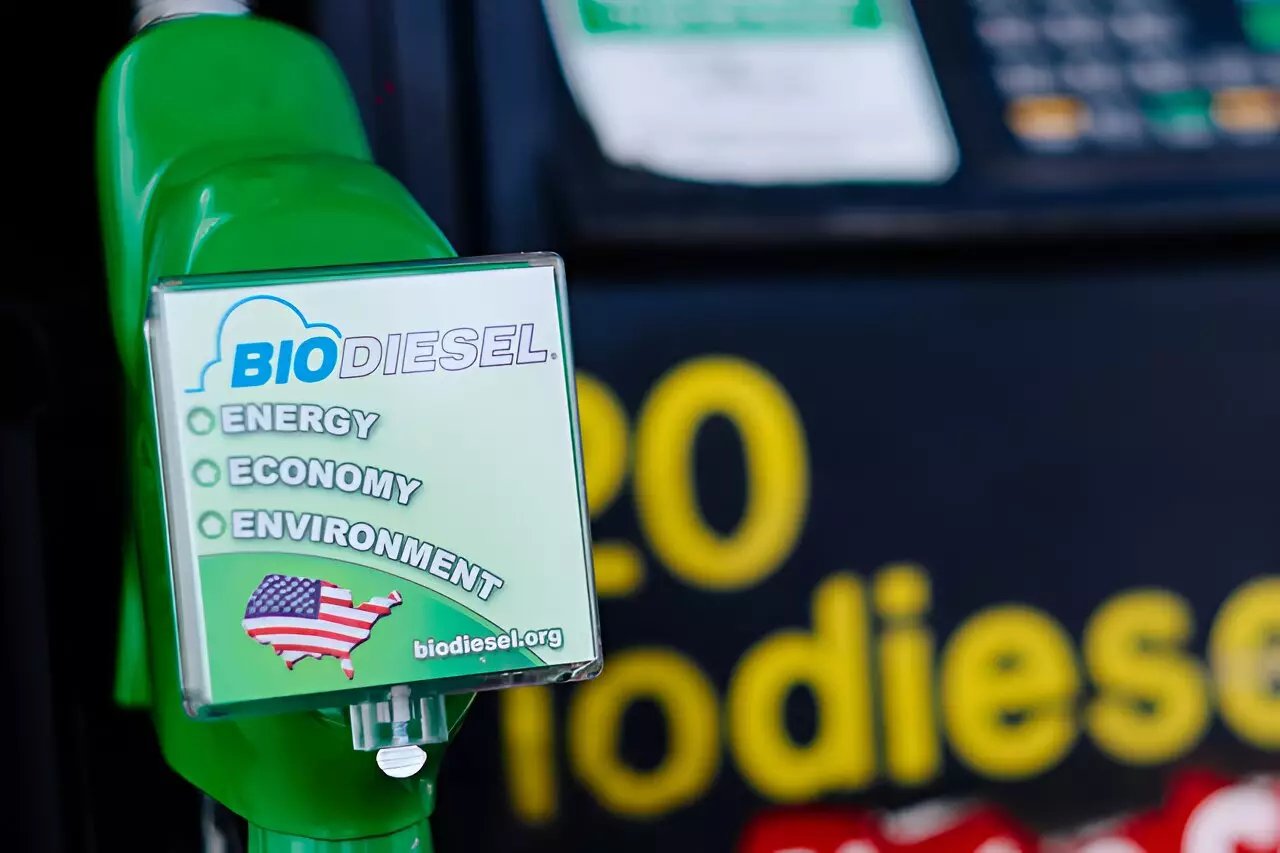The quest for sustainable energy solutions has never been more urgent. Among the various renewable energy sources, biodiesel stands out as a promising contender for reducing greenhouse gas emissions in the transportation sector. However, challenges persist, particularly when it comes to integrating higher proportions of biomass-based diesel fuels with petroleum diesel. A study conducted by scientists at the National Renewable Energy Laboratory (NREL) delves into these barriers and provides insights into how they can be mitigated to facilitate broader adoption of biodiesel blends.
Biodiesel, derived primarily from fats, oils, and greases, is frequently blended with petroleum diesel at relatively low percentages. Traditionally, this blending has not exceeded 20%, leading to an unsatisfactory utilization of its potential to diminish greenhouse gas emissions in the transportation sector. While lower blends (5%-20%) are widely accepted, much higher blends up to 80% have not been thoroughly explored until recently. NREL researchers, led by Senior Research Fellow Robert McCormick, examined blends of 20%, 40%, 60%, and 80% to assess their practical implications and performance.
The significance of this research lies in its recognition of a critical data gap: not enough attention has been directed at evaluating the performance of biodiesel when blended in greater proportions, especially in conjunction with renewable diesel. Renewable diesel, unlike conventional biodiesel, is processed into a hydrocarbon that closely mirrors petroleum diesel. Therefore, understanding the functionalities of these higher blends could pave the way for their adoption, especially in heavy-duty vehicles and machinery that traditionally rely on liquid fuels.
The implications of adopting higher biodiesel blends extend beyond fuel efficiency—they touch upon environmental safety and sustainability. With projections suggesting that a shift from petroleum-based fuels to biodiesel blends could cut transportation-related greenhouse gas emissions by as much as 86%, the urgency for research in this field cannot be overstated. Identifying effective strategies to enhance the performance of high-level biodiesel blends may not only foster substantial environmental gains but could also invigorate the agricultural sector by promoting the cultivation of oilseed crops.
The scientists focused their research on biodiesel made from soybean oil, the predominant feedstock in the United States. The findings underline that a comprehensive understanding of the properties of biodiesel at blending levels exceeding 20% is critically lacking. This gap is particularly concerning, considering that the ongoing trend towards electrification in smaller vehicles will not entirely replace the need for liquid fuels in larger applications, such as long-haul trucking and marine transport.
However, challenges do arise when biodiesel blends exceed a 50% concentration. As outlined in the research, property discrepancies between petroleum diesel and higher biodiesel blends may become problematic. For instance, cloud point—the temperature at which wax forms—can become a stumbling block in regions with colder climates. Conventional biodiesel may present cloud points as low as 20°F, while soybean biodiesel hovers around 32°F. This creates concerns for the operation of diesel engines in harsh winter conditions.
Mitigating these challenges could involve either adjusting the biodiesel blend percentage or using alternative hydrocarbon blendstocks that possess lower cloud points. This pragmatic approach aligns with current practices observed with B20 blends. Furthermore, employing lower boiling point hydrocarbons, such as kerosene, can alleviate issues related to cold starts and support emission control systems in maintaining optimal temperature levels.
Additionally, the NREL study advocates for further exploration into the oxidation stability and water content of higher biodiesel blends. Increasing the concentration of biodiesel may inadvertently reduce its oxidation stability, posing further challenges. However, these obstacles can be addressed through the incorporation of higher antioxidant additives, ensuring that biodiesel maintains its performance and reliability.
Looking ahead, the path to realizing the potential of high biodiesel blends involves a commitment to ongoing research. Specifically, studies need to examine how these blends interact with existing diesel engine emission control systems. Innovating within this sphere will be vital as the transportation industry seeks effective strategies to lower emissions while continuing to rely on liquid fuels.
Embracing higher percentages of biomass-based diesel has the potential to revolutionize the approach to sustainable fuel use. By systematically addressing the barriers present while leveraging the insights gathered from existing research, a greener, more efficient future could well be within reach.


Leave a Reply